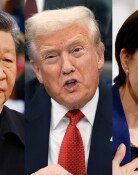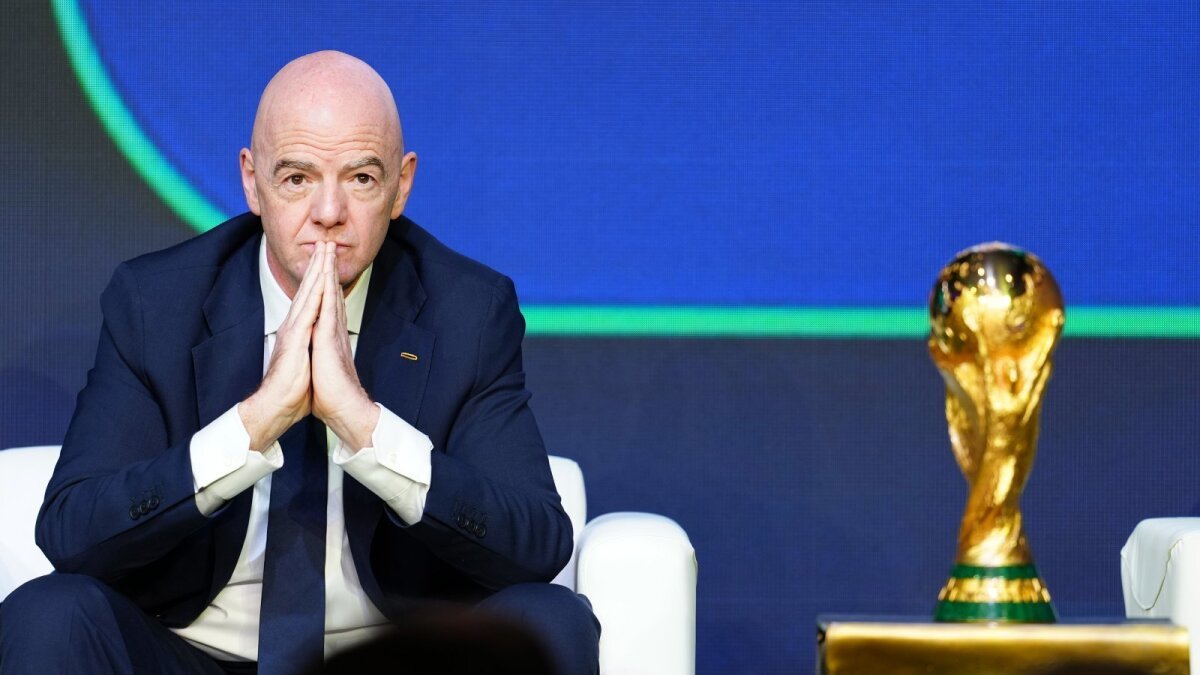[Opinion] Wang-in, Another Great Scholar
[Opinion] Wang-in, Another Great Scholar
Posted May. 13, 2005 23:35,
Even in ancient times, there existed some version of the Korean Wave. Over 1,600 years ago, the Great Scholar Wang-in of the ancient Korean kingdom of Baekje, became the originator of the Asuka Culture, an ancient Japanese culture, by teaching Chinese letters to the Japanese in the year 397. Going to Japan carrying copies of the Analects of Confucius and the Thousand Chinese Letters Classic and accompanied by ceramists, tilers and weavers, the Great Scholar became the teacher of the Japanese Crown Prince and taught writing, technology and even ethics and morality. While todays Korean Wave is based on pop culture, the ancient Korean Wave led by Wang-in was high culture that eventually brought about a massive change in the cultural history of Japan.
Every year, an event is held in both Korea and Japan to commemorate Wang-ins great accomplishments. In this early April, over 900,000 tourists flocked into Yeongam, South Jeolla Province, Wang-ins hometown, to take part in the Wang-in Culture Festival. Last year, nearly 10,000 Japanese tourists attended the event, but this year, there were only 200 ordinary Japanese visitors to the occasion amid diplomatic disputes between Korea and Japan over the Dokdo dominium.
In Osaka, Japan, the Shitenno-ji Temple Wasso Festival is held annually on November 3. Launched in 1990, this festival is a masquerade reviving the parade of so-called emigrants, including Wang-in, who transmitted culture to ancient Japan. As the parade marches through downtown Osaka to the Shitenno-ji Temple (Temple of Four Heavenly Kings), 4,000 participants in different-colored ancient ethnic costumes and a 400,000-member audience along the road chant the slogan Wassoi together. The dominant view is that this slogan, derived from Watso, represents a Korean expression meaning Here am I. The festival was suspended in 2001, as the Bank of Kansai, owned by Lee Hee-gun, founder of Shinhan Bank who sponsored the event, went bankrupt. It resumed in 2003.
On May 13, a mad cow disease-free cow, developed by Professor Hwang Woo-suk and his fellow researchers at Seoul National University, was sent to Japan. Though it would take some time for final verification, it seems that Japanese scientists are quite shocked by Professor Hwangs achievement. Even after spending 200 billion won in furnishing research facilities, they have failed to produce any significant results from their research in this field, as they do not have mad cow disease-resistant cows. Professor Hwang and his SNU research team expressed their commitment to becoming a Wang-in of the 21st century. It will be quite exciting to see whether Professor Hwang and his colleagues might be included in the masquerade in the Wasso festival after one hundred years.
Lee Dong-gwan, Editorial writer, dklee@donga.com







